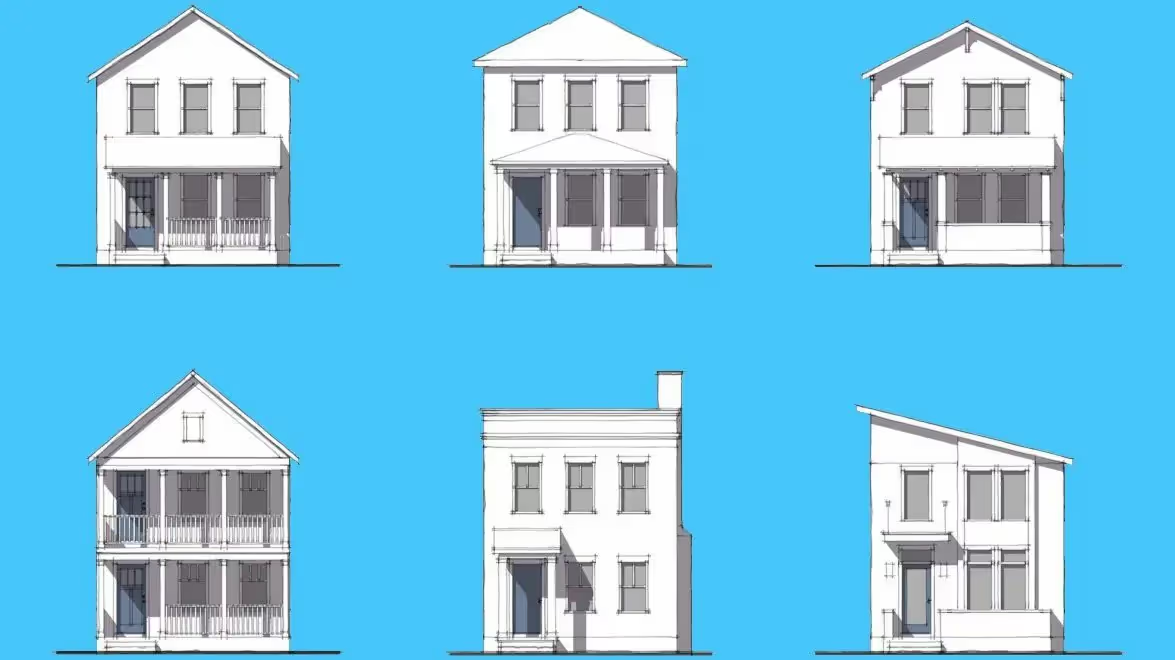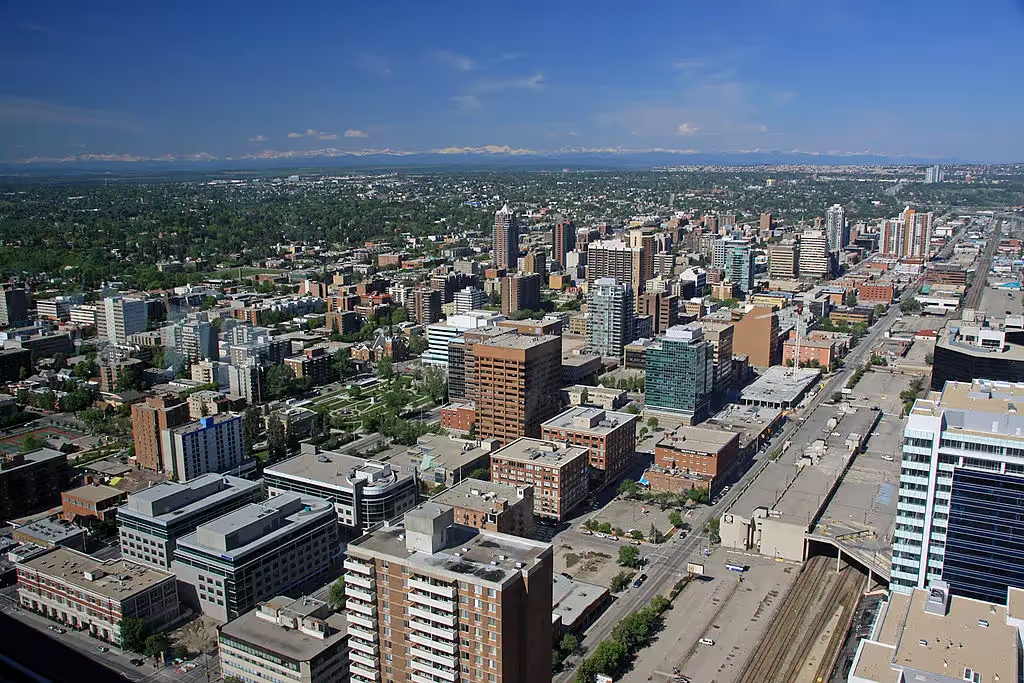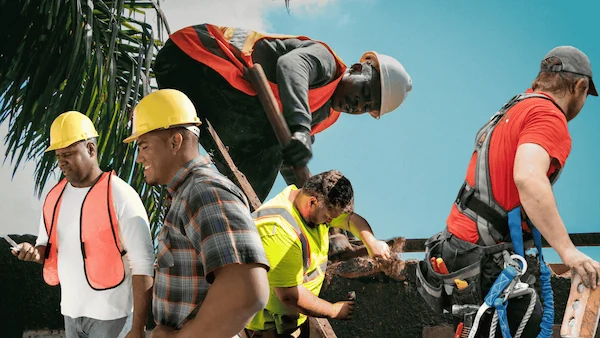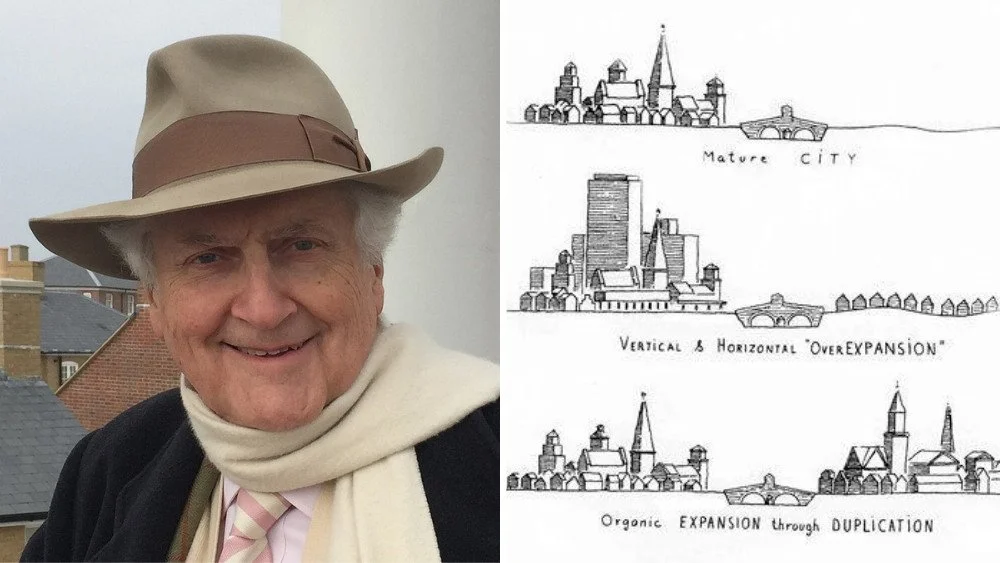Editor's Note: The challenges our cities face are growing, but so is the strength of this movement. Every story we share, every idea we spread, and every tool we build exists because people like you are committed to showing up. Your membership isn’t passive—it’s the momentum that makes change possible.
Across North America, building even the simplest kind of housing can feel like an exercise in endurance. Endless applications. Opaque review processes. Years of waiting to break ground. But last month, the City of Calgary decided to do something different.
In a major shift that other cities would do well to watch closely, Calgary eliminated development permit requirements for rowhouses in new communities. If the plans meet existing zoning rules, the city is saying: Go ahead. Build.
It’s not flashy. It’s not complicated. But it’s exactly the kind of low-cost, high-leverage reform that cities need more of—and it’s straight out of the Housing-Ready City Toolkit Strong Towns released in early 2025.
One Smart Reform, Many Benefits
Calgary’s new rule applies only to rowhouses in developing (greenfield) communities, where plans already meet the city’s Land Use Bylaw and infrastructure agreements are in place. Developers who meet the rules can now skip the development permit stage and go directly to the building permit.
The expected impact? Faster timelines, lower costs, and more predictable outcomes—especially for the “missing middle” housing Calgary says it wants more of. Streamlining doesn’t mean abandoning standards—it means trusting the standards a city already set. Calgary’s reform does exactly that.
“Removing the development permit requirement for rowhouses in new communities will eliminate a major barrier to their construction,” said the Building Industry and Land Development Association for the Calgary Region (BILDCR) in a statement, adding that the proposed changes will make housing both more accessible and affordable.
This kind of streamlining also frees up city staff capacity to focus on tougher or more complex projects, instead of spending months reviewing what is essentially paperwork for already-approved forms.
Home is Here
Calgary’s permitting reform isn’t a one-off—it builds on the momentum of the Home is Here Housing Strategy 2024–2030. That citywide plan outlines five key outcomes, among them a pledge to increase housing supply and affordability, strengthen city-led housing delivery, and address the housing needs of Indigenous Calgarians.
The city’s first annual progress update, released in early 2025, shows that Calgary is making measurable strides. Through discounted sales of city-owned land parcels, it enabled the creation of hundreds of affordable homes. Another $30.7 million in funding through the Housing Capital Initiative will support 480 new affordable units. Meanwhile, Calgary led the nation with a record 20,165 housing starts in 2024, accounting for 55 percent of all housing starts in Alberta during the early months of 2025.
Yet the scale of the challenge remains daunting. Calgary is still projected to face a 42,000-unit housing shortfall by the end of the year. That’s why reforms like streamlined permitting—especially for small-scale, missing middle housing types—aren’t just about cutting red tape. They’re necessary tools to keep pace with demand and deliver the kind of housing the city has already committed to building.
The rowhouse exemption kicks in September 15, 2025, giving staff time for training and system updates. Meanwhile, Calgary is already pilot-testing a Fast-Track program for infill types previously stuck in 12–18 month reviews—now expected to finish in 2–6 months.

Tiny Lever, Large Potential
With this simple permitting reform, Calgary is laying the groundwork for neighborhoods that grow incrementally and meet people’s needs. It’s a shift from bureaucracy to responsiveness—and from delay to delivery.
That’s the essence of the Housing-Ready City Toolkit: clear rules, small steps, and local action that adds up. The toolkit is designed for both policymakers and advocates, providing not just policy recommendations but real-world case studies that show how communities can act now. It offers tangible examples of how places can become more housing-ready in ways that support the people who’ve lived there for generations—while making room for those yet to come.





.webp)